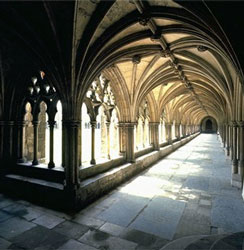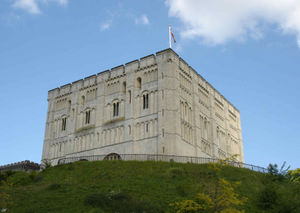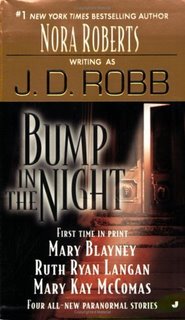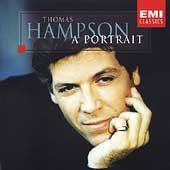 What do you listen to when you write or read? Or do you need dead silence? Do you have recordings you associate with particular books? I like to have music to write too, but I find it distracting when I read, although I was raised in a house where all the major activities took place in one room, and I learned to either block out or blend in the music.
What do you listen to when you write or read? Or do you need dead silence? Do you have recordings you associate with particular books? I like to have music to write too, but I find it distracting when I read, although I was raised in a house where all the major activities took place in one room, and I learned to either block out or blend in the music.
I thought I’d share a few of my favorites with you. I’ve blogged before about how fond I am of opera, and I find the human voice very…inspiring, particularly when it comes in the form of Thomas Hampson, who is tall (6′ 4″) and unbelievably good looking with great blue eyes. And, oh yes, he can sing too, everything from Wagner to lieder to Annie Get Your Gun. (Pause to wipe off drool.)
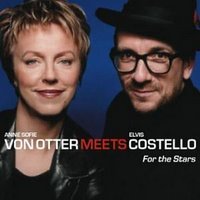
This next one is a crossover album that actually works–mezzo-soprano Anne Sofie von Otter with Elvis Costello. Now I think Elvis Costello is sort of weird and I don’t much like his singing voice, but this collaboration was his idea and I thank him for it every time I listen to it (which is very frequently. This and an Ella Fitzgerald album were the greatest hits of Dedication). She sounds like an opera singer only in a good sort of way–great breath control, and the occasional amazing high note that comes effortlessly out of nowhere. Just gorgeous.
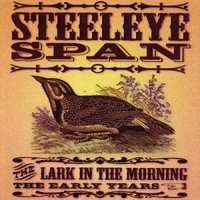 I don’t think this is the Steeleye Span album I have in mind (note to daughter: please return my Steeleye Span!)–I haven’t seen it in so long I can’t remember which one I own. A bit of pure nostalgia here–SS was one of the folk-rock bands around in the late 60s/early 70s. I didn’t realize how skilled they were until I came across their lyrics and realized what a genius their vocalist Maddy Prior was with the words and phrasing.
I don’t think this is the Steeleye Span album I have in mind (note to daughter: please return my Steeleye Span!)–I haven’t seen it in so long I can’t remember which one I own. A bit of pure nostalgia here–SS was one of the folk-rock bands around in the late 60s/early 70s. I didn’t realize how skilled they were until I came across their lyrics and realized what a genius their vocalist Maddy Prior was with the words and phrasing.
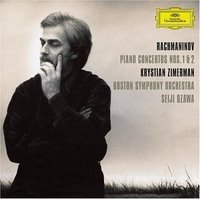
And, Rachmaninov to die for. Krystian Zimerman (sorta cute in a tortured artist way) is my favorite pianist and this is my greatest hit of the moment. I’m writing an erotic historical, and alternate between this and the Messiah as inspiration, something I can’t explain.
Tell us about your favorite background (or otherwise) music!



